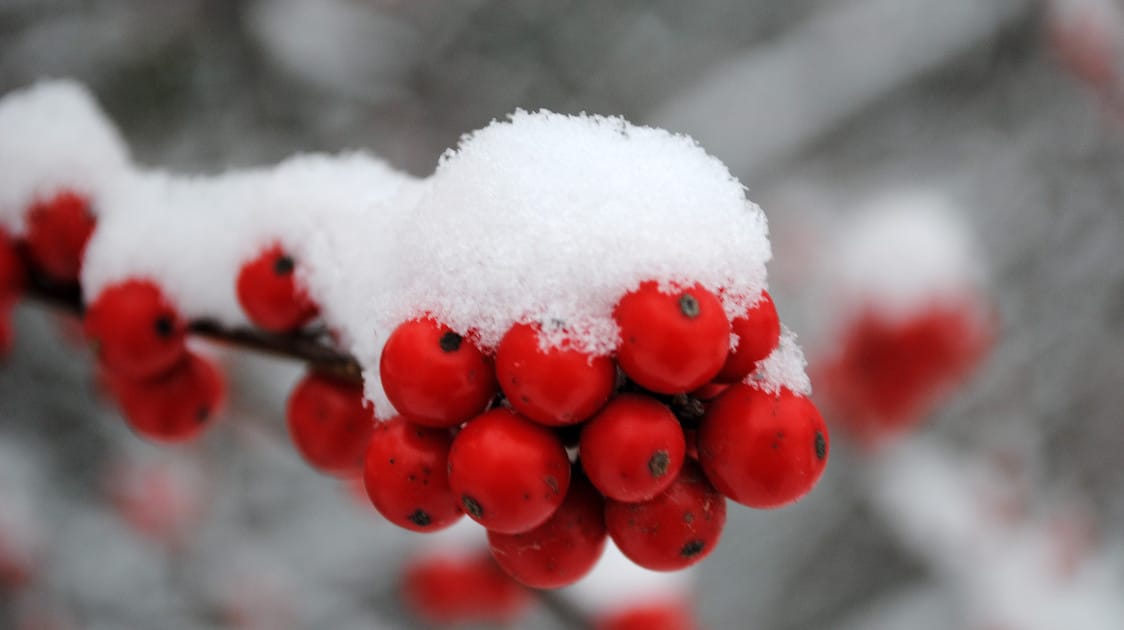
If you live in a climate where you need to brace the frost part of the year, you may wonder about what are the outdoor plants that survive the cold well in a planter. And if you are reading this, you may be particularly interested in plants for planters that you can plant with a Bios Urn ® which will do well outside, even if the temperatures drop quite low.
Look no further, you have come to the right place!
The first thing to know about the choice of plant
The first to know is that both the Bios Urn ® and the Bios Urn Pets ® work with any kind of seed. You can also use a seedling, or sprout instead of a seed. Fruit trees, flowering trees, evergreens or conifers are all completely compatible. Some people also choose to plant a flower, a plant, or a bush instead of a tree. The choice is limitless and totally up to you!
By using your own and sourcing it directly yourself, you can therefore choose a tree which is sentimental and meaningful to you. We want to offer every single person the chance to think about, research and source their own directly, making this process part of the beautiful journey back to nature. We don´t want it to be limited in any way, especially as it is important to choose a species which can grow well in the climate where you live.
Outdoor plants that survive the cold
Blue Spruce: The blue spruce tree is a perfectly picturesque winter plant. Not only does it look beautiful covered in snow, it is hardy in Zones 2-7, making it suitable for a large portion of climates. This tree prefers full sun and serves as a great audio, visual, and wind screen. Beware of using insecticides on this tree, as they can strip away the needle coating that gives the blue spruce its hue.
Camellia: Camellias are dense shrubs with brilliant foliage. They offer bright, long-blooming flowers, and serve as popular foundation and specimen plants. The trick to growing a camellia plant without too much effort is to plant it correctly.
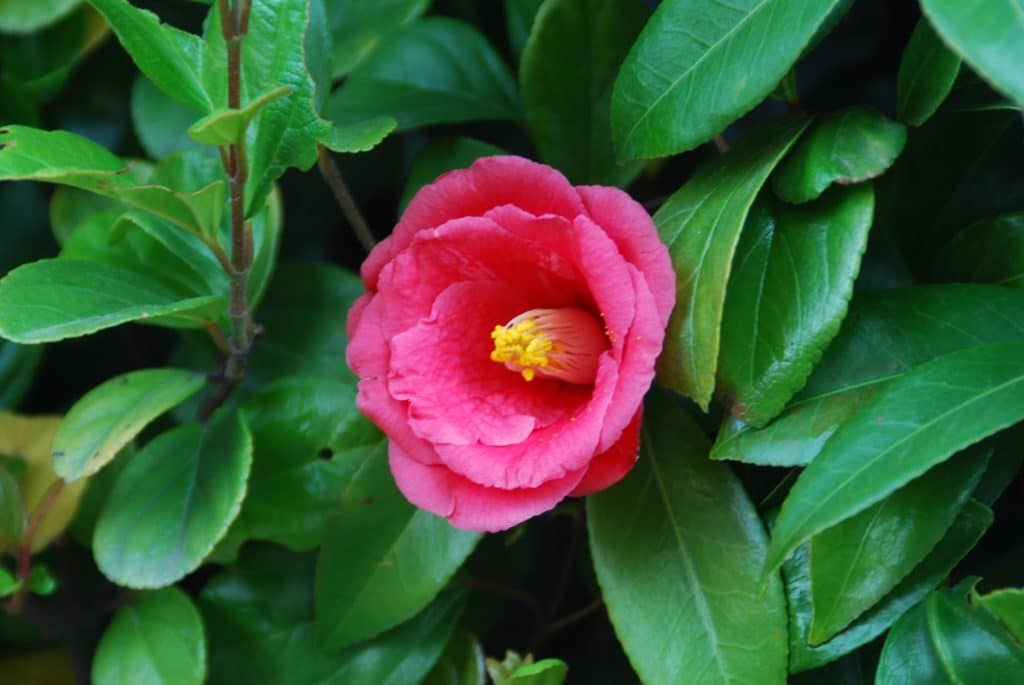
Camelia. Image by pixy.org Copyright: CC0
Catmint: The combination of the catmint’s stunning purple coloring and its fragrant nature makes it a great, hardy alternative to lavender. Moreover, this flower is especially resilient. In addition to being resistant to deer, it tolerates partial sun, drought, and even poor soil conditions.
Christmas rose: The Christmas rose (Helleborus niger) is a hardy perennial that will grow outside here year after year. It bears large, round, white flat-faced flowers above low-growing mounds of leathery, deep green foliage.
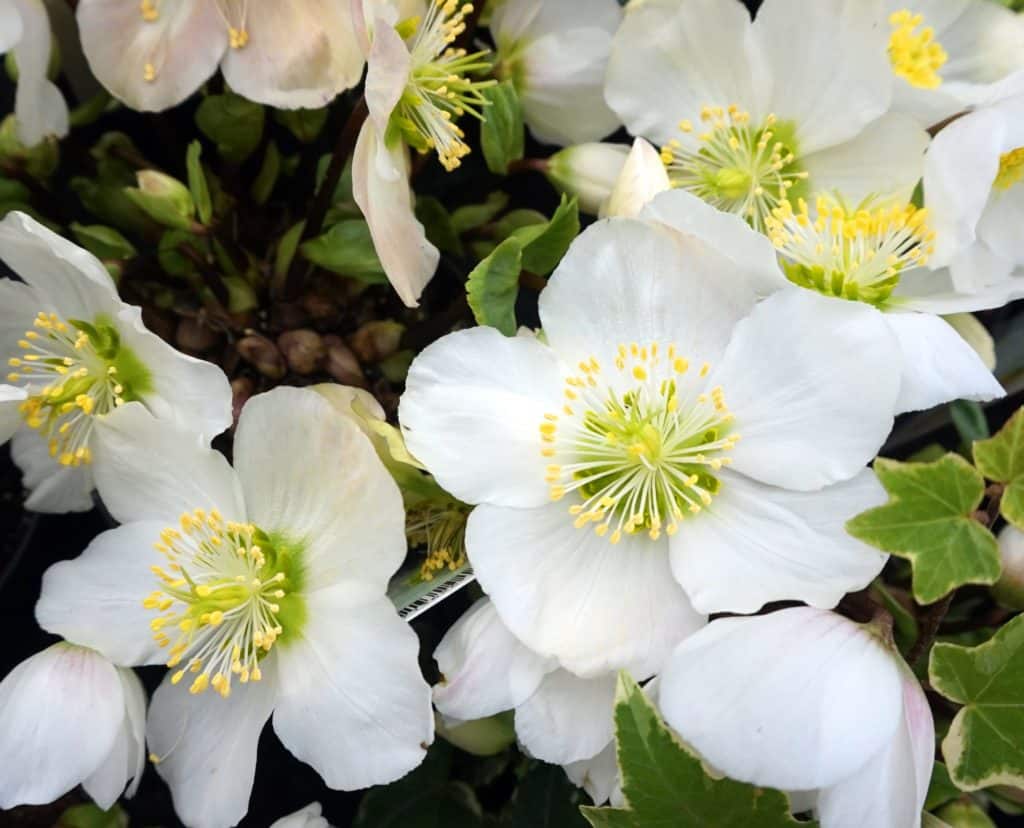
White flowers of the Christmas Rose.Image by pixy.org Copyright: CC0
Coneflower (Echinacea): Though the coneflower does not maintain its beautiful purple coloring in freezing temperatures, it will come back in the spring, strong as ever, if properly cared for in the offseason. The coneflower loves sunlight. They should be planted where they can get full sun. After these flowers go dormant, trim the dead stems and stabilize with 1-2 inches of mulch for protection.
Coral Bells (Heuchera): Coral Bells make great additions to shady areas, but require well-drained soil. These flowers are hardy to Zones 3-9, and should be moved to the ground in anticipation of the first frost if they are planted in a container.
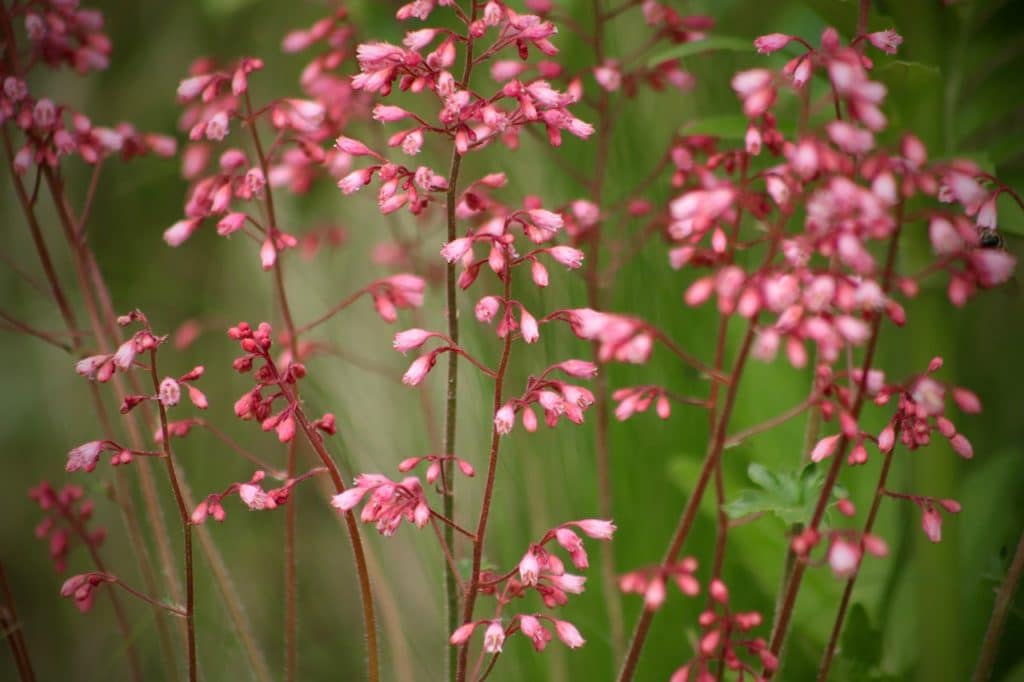
Coral Bells. Image by pxhere.com CC0 Public Domain
Cyclamen: Hardy cyclamen lights up the garden with showy mounds of silvery-white foliage and heart-shaped leaves that appear in autumn and last until the plant goes dormant in late spring. Deep rose-pink blooms appear in late winter and early spring. They work well in winter pot displays, and can be planted into the garden after they have flowered. Hardy cyclamen is difficult to propagate from seed, but you can plant bulbs, or tubers, in late summer or early autumn.
Hellebore: Also called Lenten rose, the plant´s rose-like flowers appear in early spring. The “blooms” (which are actually sepals that protect the true flowers) last for several months, from February until May, and the foliage is evergreen in all but the coldest regions. Hellebores perform best when sited in partial shade in rich, moist, but well-draining soil. They are quite easy to grow, and since they are perennials, will continue to bloom for a number of years. They can be planted at any time of the year.
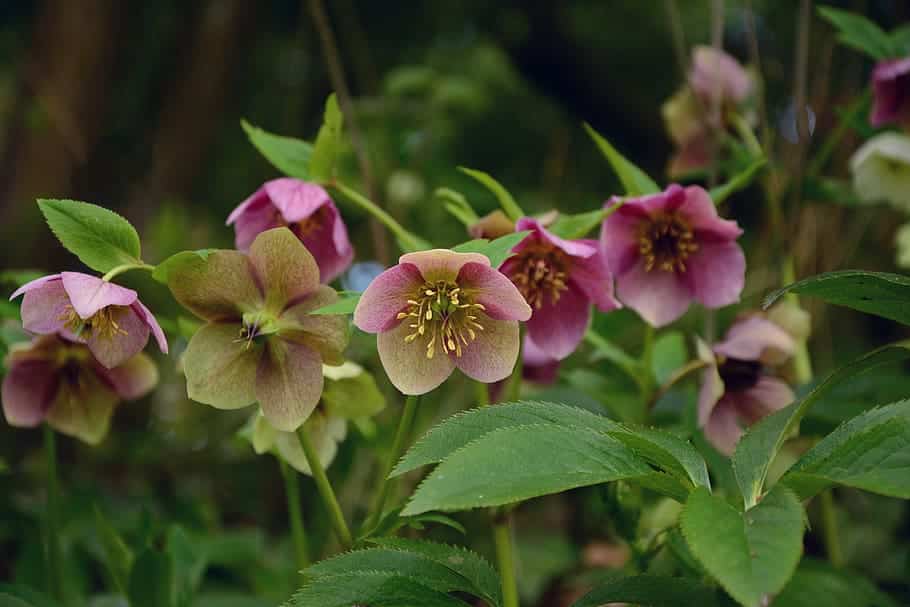
Hellebore flower. Image by pxfuel.com
Hostas: Hostas like partial sun. Their short, fleshy roots should not be exposed to frost, so make sure to cover with mulch. The large surface area of the hosta plant allows for quicker dehydration, so the mulch will help to retain moisture in the soil. Otherwise, hostas do not require much winter protection.
Lily of the Valley: Despite its delicate appearance, the lily of the valley is a tough plant. It can tolerate shade, making it an ideal candidate for a spot that only gets partial sun. Additionally, its poisonous nature makes the plant resistant to deer and other animals.
Pansies: Though these edible flower can survive surprisingly low temperatures, it is important to employ frost-protection techniques in the winter, such as covering them with mulch or pine straw. This will also protect them from strong winds that can dehydrate the ever-thirsty pansies. Pansies can even be planted in late winter so they are ready for early-spring flowering.
Primrose: Like hostas, primroses have shallow roots that should be protected by mulch in the winter to retain moisture. Also a popular plant with fairy gardens, primrose prefer light shade.
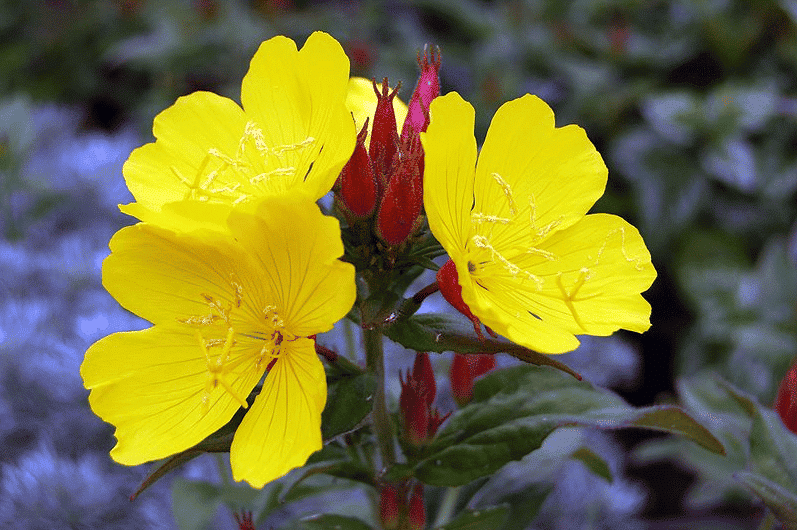
Primrose. Wikicommons Image by UpstateNYer
Skimmia ‘Rubella’: This type of Skimmia is a rugged, hardy and reliable evergreen shrub with grape-like clusters of tight pink buds throughout winter. It is perfect for growing in containers and provides good all year round colour.
Winterberries: Winterberries are an iconic winter plant, as they are commonly associated with winter decor. Planted in autumn, these plants allow for some pretty chilly weather. Winterberries like full sun and moist soil, and will add great color to your winter garden.
Winter jasmine: Winter jasmine (Jasminum nudiflorum) is one of the earliest flowering plants to bloom, often in January. It has none of the characteristic scents of the family, but the cheery, buttery blooms help dispel winter gloom and bring encouragement during the colder months. This decorative plant is quick to establish and winter jasmine care is a breeze.
Wintergreen: Gaultheria, or wintergreen, is a sweet little plant with mint scented leaves and edible berries. Any area of the garden that is shady to partially sunny make ideal wintergreen growing conditions. These low growing plants form creeping mats of glossy green foliage that turns red to bronze in winter.
As you can see from this list, certain flowers are good outdoor plants that survive the cold, even winter frost. If you would rather have plants that are really easy to grow, forget the flowers altogether. They tend to still be quite vulnerable to the cold and to winter drafts. Best play around with shades of green, sizes and shapes with evergreens such as ivy, bamboo, boxwood, pieri
Other good planting tips for outdoor plants that survive the cold winter months
Before you plant, remember to make sure your pots are winter ready too. Clay or terracotta pots are prone to cracking in frost so either avoid using these for your winter displays or look for frost-proof pots and containers. Plastic, fibreglass, wooden and treated terracotta and clay are all good materials for winter pots. Look for pots labelled frost-proof rather than frost resistant which can still crack when temperatures plummet.
Plant very densely (the plants aren’t in their vegetation phase), in special balcony plant soil mix. Remember to layer along the bottom of the pot something for drainage (clay pebbles or garden textiles for example) because stagnant water and cold is not a good pair.
Raising pots up by standing them on blocks or pot ‘feet’ over the winter will also allow water to drain away, prevent them becoming waterlogged and help to reduce the risk of frost damage. Best to isolate them from the cold and avoid having them wallow in puddles in case of rain.
Also check that the planter isn’t on the path of drafts, it is best to place it behind wind-breakers. Also, have a few pieces of winterizing fleece at hand, like bubble wrap or Styrofoam that will be useful in case of deep cold.
No matter how you are protecting the plants from the elements, they will no doubt need some water, even in the winter. Keep the soil slightly moist, just enough so the roots do not dry out. Water well before the first heavy freeze and whenever the temps rise above 40 degrees F. (4 C.). Also, don’t let the plants sit in water lest it freeze. Outdoor winter plants do not need fertilizing (indoor sheltering plants should be lightly fertilized, however).
Also check out our article about How to Plant and Protect your Bios Urn Tree in the Winter.
If you are looking for a planter for your Bios Urn ®
You may be interested in knowing that we created a planter called the Bios Incube Lite ® which works in perfect conjunction with our tree urns: the Urn is planted seamlessly into the planter.
Our planter is designed to fit all of our urns perfectly, enabling you to plant them close to you.
It is perfect for those who lack a natural space to plant their Bios Urn®, who live in temporary locations, or who just prefer to have an indoor tree. There are 5 new colors to choose from!
Planting an urn or plant inside the Bios Incube® Lite is extremely easy. It works in the same way as any standard planter. Find out more below!
How to plant the Bios Urn ® in a container or planter
We have written a specific article on the steps to follow when planting one of our tree urns in a container or a planter.
Check out the article! As a summary, all you need are some small stones, good quality soil-based compost, your Bios Urn ® and your chosen seed or seedling. Then you are ready to go! Just follow these simple steps:
- Gently add about two inches of small stones, broken ceramic or terracotta at the bottom of the container to prevent the drainage hole from getting clogged.
- Add a portion of good quality soil-based compost to the bottom of the planter.
- Prepare and plant your Bios Urn® or Bios Urn Pets® inside the planter following our simple step-by-step planting guide.
- Fill in the side gaps of the planter with the remainder of the compost.
- Cover the seeds with only a small amount of soil ; 1/4 inch (1cm) is generally sufficient. Make sure you don’t plant the seeds too deeply! None of the Bios Urn® should be exposed, it should all be covered by soil.
- Give it a lot of TLC and watch it grow close to you! Read our Planting Tips here.
If what you are looking is an indoor tree that you can use with a bio urn, here are some good recommendations:
Indoor Trees You Can Use With A Bios Urn ®
Easy Houseplants To Use With A Bios Urn®
Five houseplants to that suck the toxins out of your indoor air
What do you think of our recommendations and tips about outdoor plants that survive the cold winter months in planters? We would love to hear from you in the Comments section below!
To keep up to date with all the latest Bios Urn® news and stories, you can follow us on Facebook, Instagram, Twitter, Pinterest and YouTube!
Join our mailing list to keep you updated of all Bios® news and get a 10% Discount!
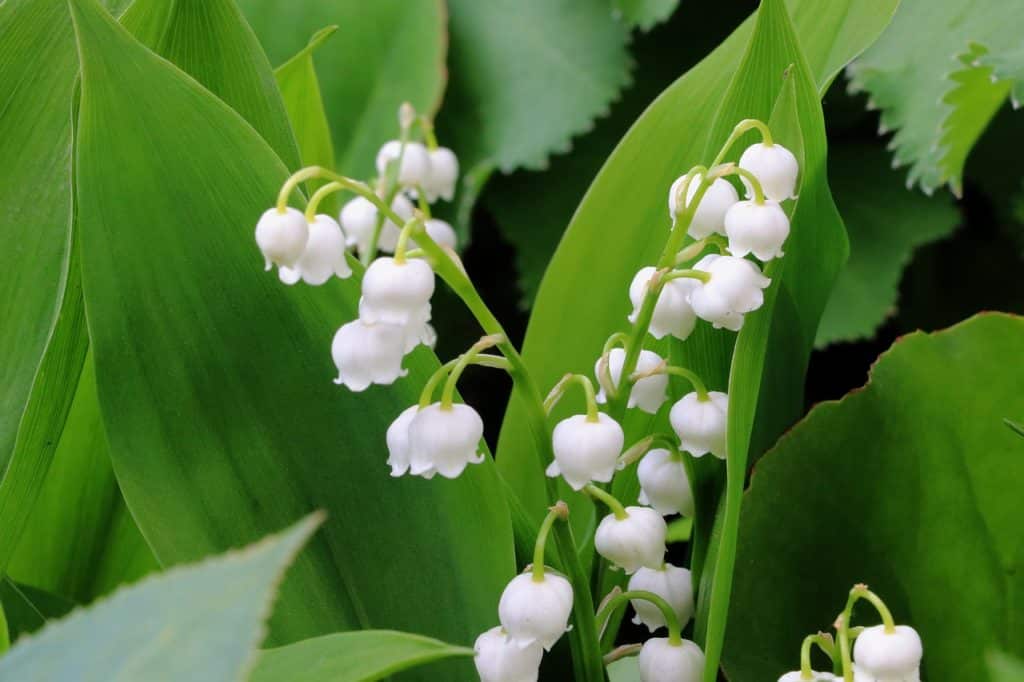
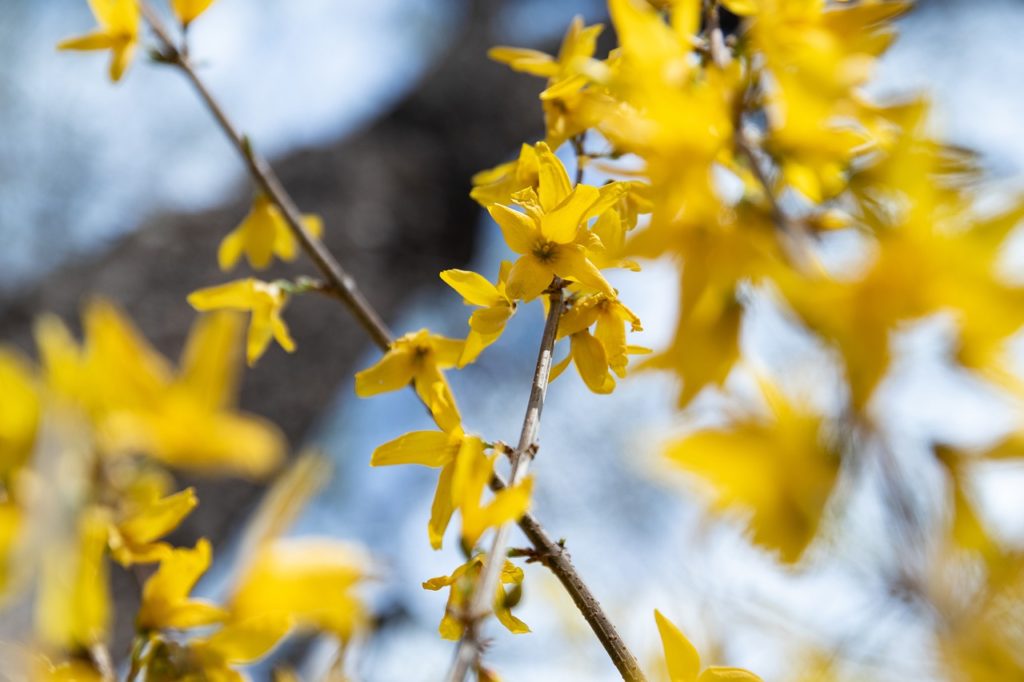
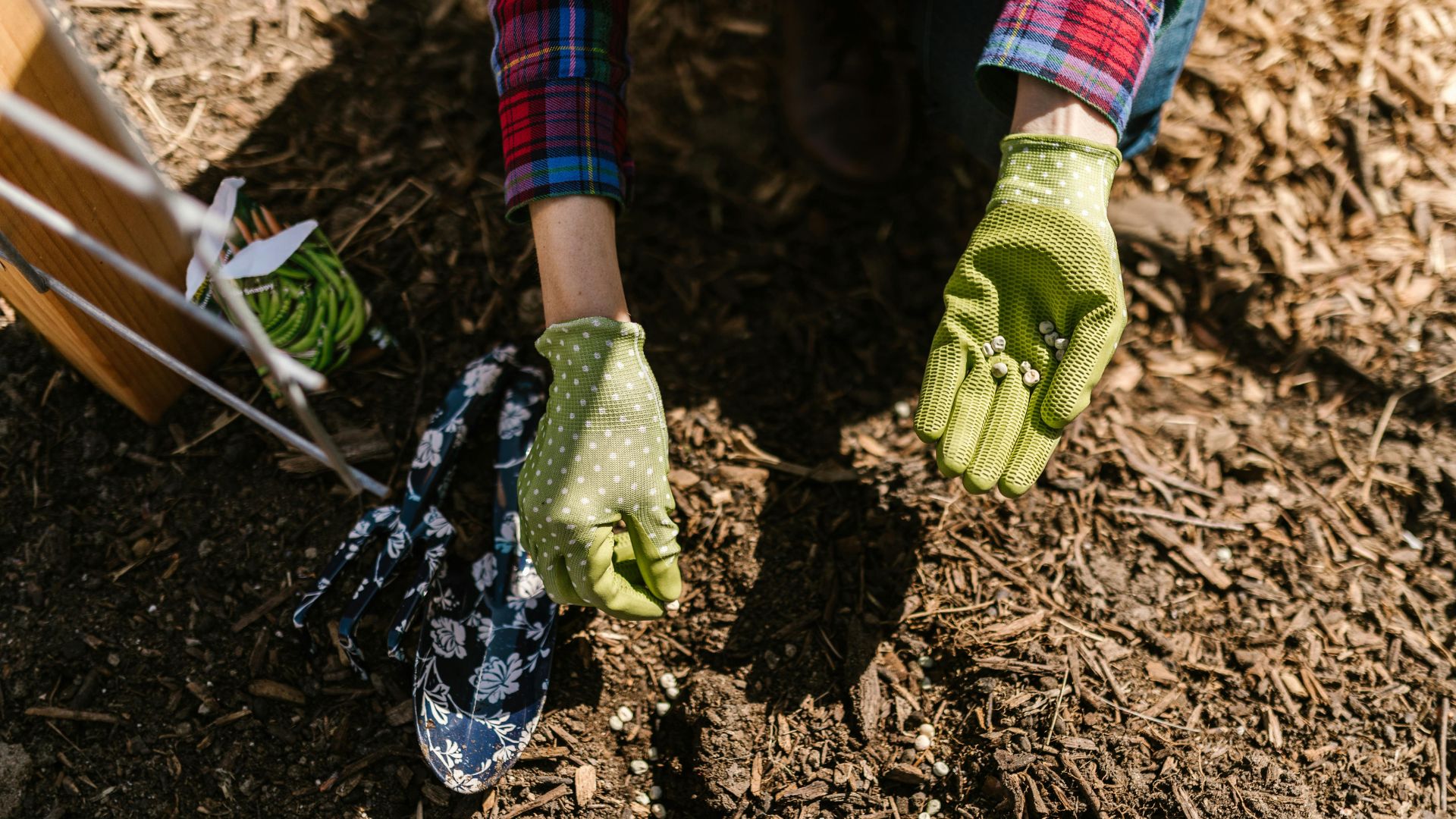
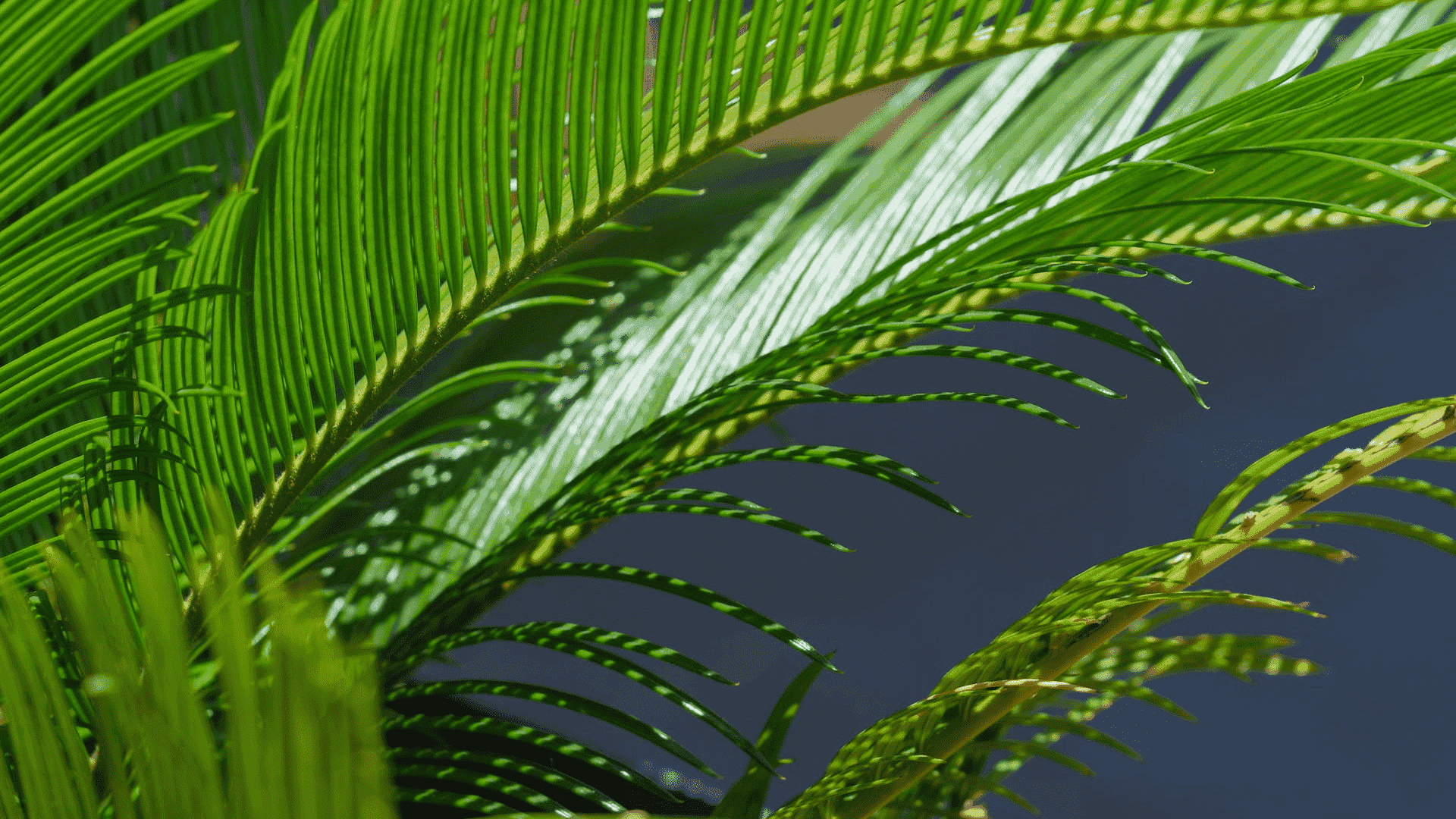

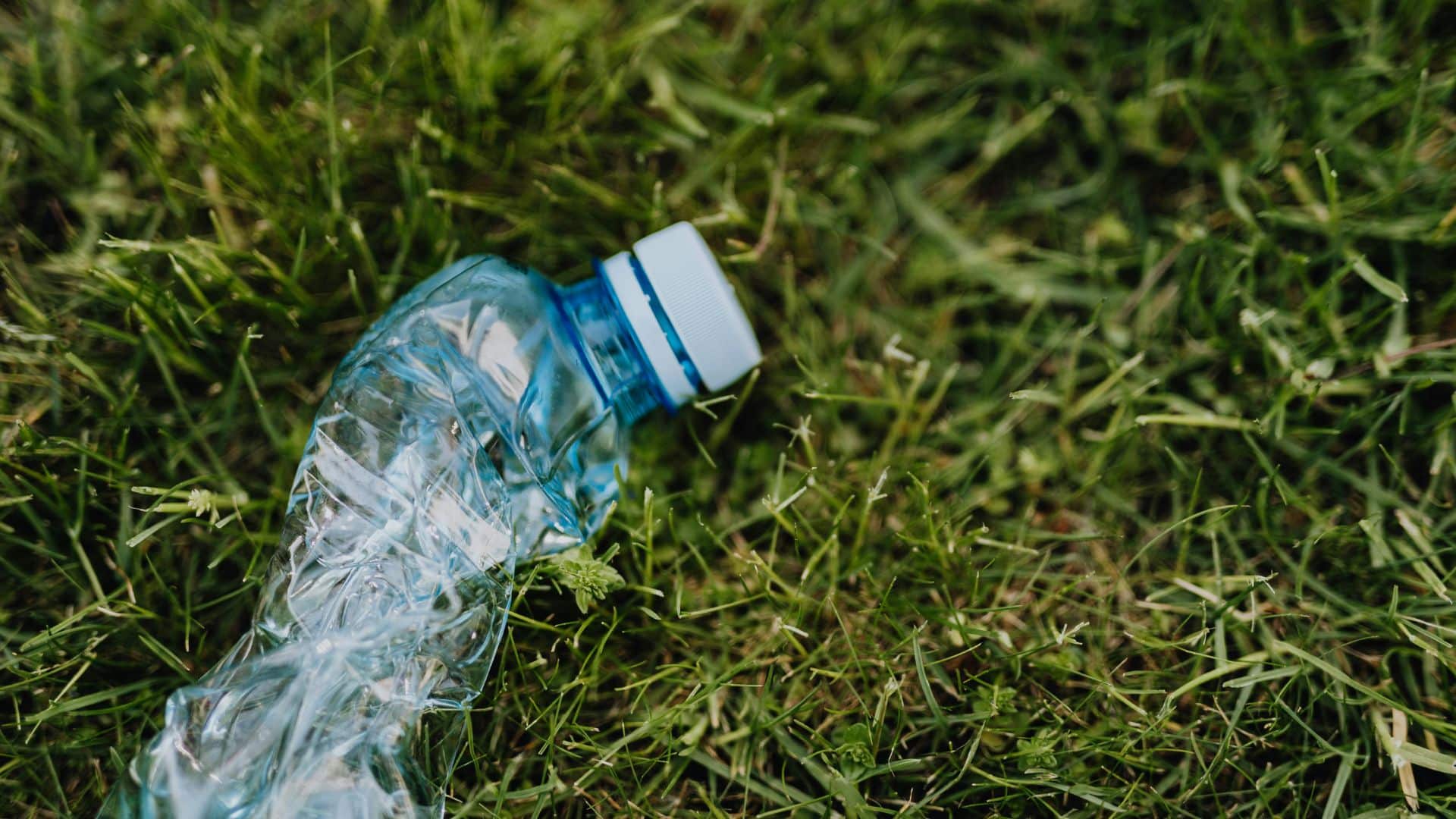




[…] urnabios.com© […]